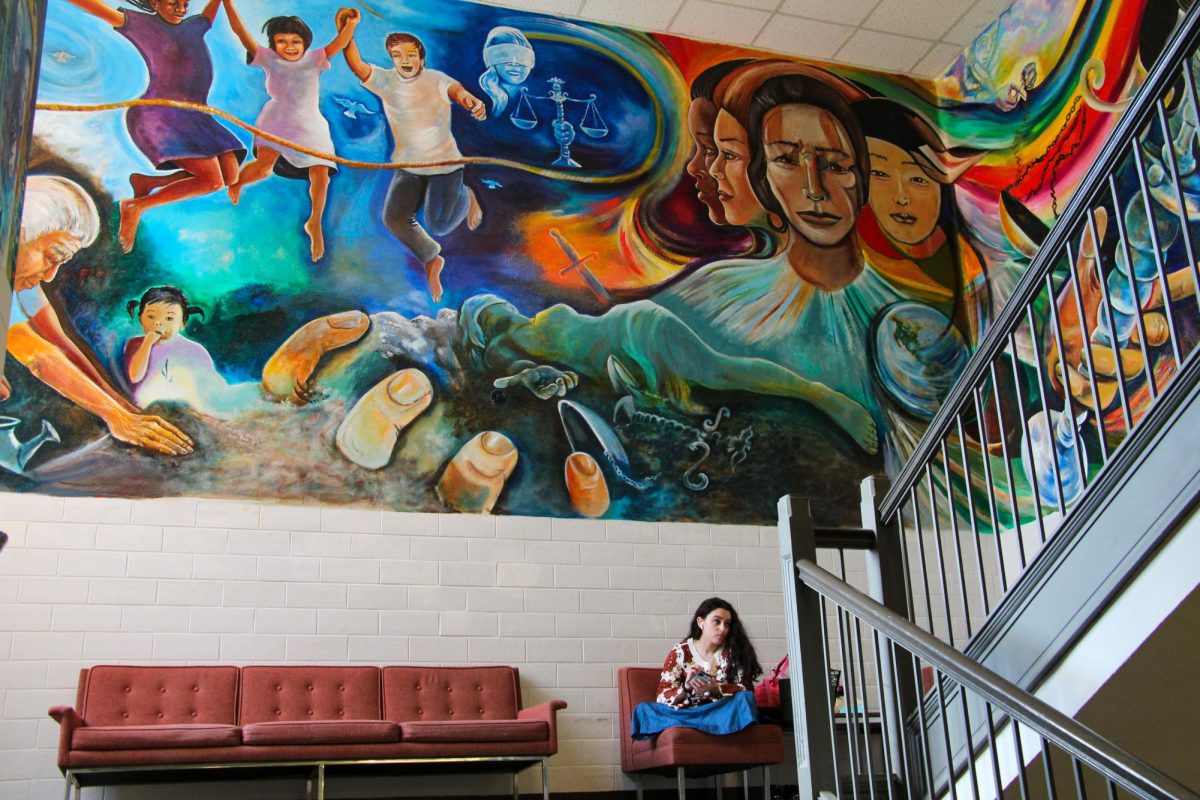Tucked away in East Campus, the former University Junior High School serves as the main building for the Steve Hicks School of Social Work. It once pioneered the desegregation of Austin schools, and it was formally registered in 2001 with the U.S. National Register of Historic Places.
While this year marks the building’s 90th anniversary, UT is celebrating by destroying this historical and racially significant building to build a new football practice facility. UT must create a historical marker to memorialize the land and remind us of its significance to Black history on campus.
The University Junior High School was originally built in 1933 in conjunction with Austin Independent School District (AISD) and UT’s College of Education. The innovative facility served as both a school for AISD students and a field work opportunity for education majors. Today, it proudly represents UT’s cutting-edge presence as a nationally recognized institution.
Barbara Anderson, clinical professor emeritus in the School of Social Work, said she and her colleagues were upset to find that the building would be demolished after the school relocates.
“We’ve not had any concern about (relocating), but when we saw that they were going to destroy this all to build the practice field, that was kind of (a slap in the face),” Anderson said.
This seemingly normal building holds significance for the generations of students who have grown up within its walls, especially students of color. It was once a beam of hope for minority students amidst Austin’s harsh historical segregation. Tearing down this building disregards the progress it created.
As Anderson explained, the school was the first desegregated junior high in Austin because the neighborhood that once occupied East Campus housed primarily low income Black families.
“(The integration) was natural,” Anderson said. “The population could naturally come here. It wasn’t bussing them across (town) or some ordeal for the kids.”
While it feels empowering to know that UT created such an inclusive and accessible space for minoritized kids, this progress is shadowed by the decision to quietly erase their history.
Edwin Bautista, community and regional planning masters program alumnus, described an old University Junior High School scrapbook he found at the Dolph Briscoe Center of American History.
“I came across this memory book … and it’s a beautiful book,” Bautista said. “You could tell that there was a lot of love in this building, and people really cherished being a part of this school.”
Even today, the building inspires the UT community. A mural by Raúl Valdez occupies the middle stairwell and reminds onlookers of the impact of social work.
The demolition of University Junior High School disregards the significance of UT’s racial history and continues the University’s prioritization of commercialization over the preservation of history. It also drowns out underrepresented voices and experiences, further destroying the inclusivity UT claims to achieve.
This complete disregard for minority communities has happened before. In partnership with the Austin Urban Renewal Agency, UT bought up the land east of campus after a decision in the late 1960s to expand its research facilities. This purchase displaced many of the individuals living there, including the Black children and families who attended University Junior High School. The school closed soon after in 1967.
The callous displacement of these lives is bad enough, but what really happened was worse. Instead of following through on its promise, UT renovated and expanded the football stadium.
To displace minority communities under false pretenses — pretenses that financially benefit the University — is horrific.
By destroying this building, UT is erasing nearly 70 years of Black history. Without proper memorialization, this past will remain unrecognized and forgotten.
Furthermore, UT’s emphasis on the current distance as the primary reason for the new facility’s construction implies that the history of Black students at UT is easily disposable at the University’s convenience.
As UT spokesman Mike Rosen told the Austin American-Statesman, “UT will recognize University Junior High’s historic significance in some way in the new buildings, as well as in a video project planned by the School of Social Work.”
However, the University’s attempts to commemorate the building are insufficient and do not properly recognize its value. Though the building’s fate is likely irreversible, UT should still memorialize the land.
The Contextualization and Commemoration Initiative, which works to commemorate the previously underrepresented histories of Black students on campus, should preserve this building’s history through a historical marker. Despite repeated requests, the Contextualization and Commemoration Initiative did not comment.
University Junior High School is a historically significant space for Black students that deserves commemoration on our campus, acknowledging UT’s historical displacement of Black individuals for commercial gain.
Lack is a dance and Plan II sophomore from San Angelo, Texas.














